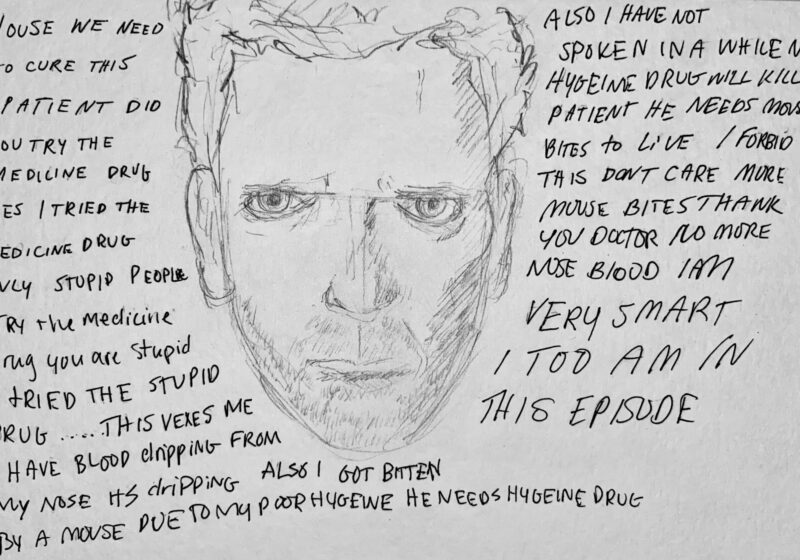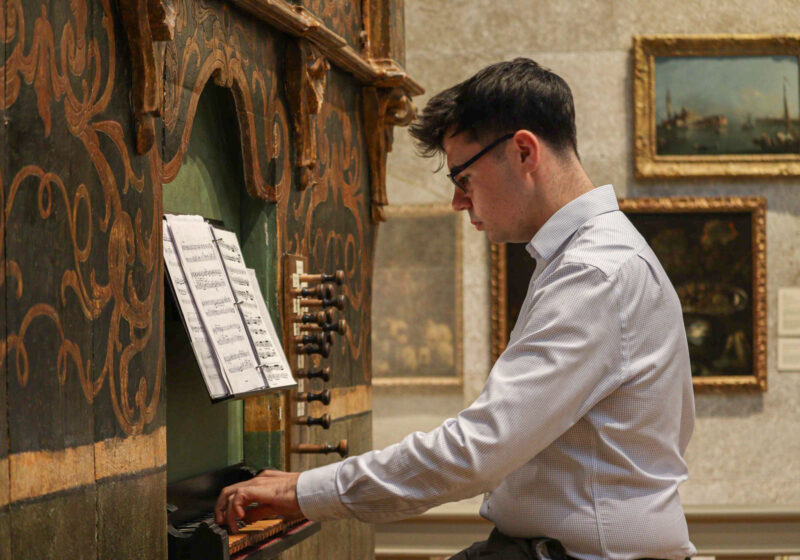Ian Walmsley, professor and director of the Institute of Optics, has been named a fellow of the American Physical Society, an honor that goes to less than one-half of one percent of the membership of the organization.
?It?s wonderful to have one?s colleagues think so highly of one?s work,? Walmsley said. ?There has been a long tradition of quantum optics at the University of Rochester and I?m very grateful to be part of that tradition.?
Walmsley heads the Center for Quantum Information, which develops new ways to store, manipulate and transfer information using atoms, photons, molecules and superconducting quantum interference devices.
Most recently, he discovered that a single photon, or particle of light, is capable of holding more information than scientists had thought. Walmsley maximized this capacity by ?entangling? a pair of photons or combining photons that share traits that depend on one another.
The entanglement procedure can also be used to send encrypted information that would be impossible to crack.
He has also developed a way to take sensitive measurements of the fastest lasers in the world. By using a special device, he can find out the intensity and shape of a laser blast almost instantly. This allows scientists to tune their lasers much more easily, instead of constantly having to recalibrate.
The fast, accurate lasers can be used as surgical tools, as well as to alter chemical reactions and to study different aspects of energy generation.
Walmsley earned a doctorate degree from UR in 1986 and has been on the faculty since 1988. He joins three other UR physicists ? John Thomas, Stephen Teitel and Steven Craxton, who are fellows of the American Physical Society.
Library exhibits depict local history
Rush Rhees Library is displaying three exhibits that illustrate local and national history of the past century and a half.
?150 Treasures from the Libraries? has returned to the Department of Rare Books and Special Collections. Created last fall for the Sesquicentennial, the exhibit showcases artifacts from collections of the River Campus libraries, Sibley Music Library and the Edward G. Miner Medical Library.
The display includes letters, photos, journals and first-edition publications. It also displays historic artifacts such as George Washington?s Revolutionary War journal and a medal presented in 1900 to then UR President Rush Rhees.
?An exhibit like this not only celebrates university life, it allows us to display items of interest to everyone in the UR community and beyond,? said Richard Peek, director of the Department of Rare Books and Special Collections.
The exhibit is open from 9 a.m. to 5 p.m. Monday to Friday and will continue through May.
?A Century of Women,? an exhibit in the Great Hall, chronicles 100 years of contributions from prominent women at the library.
The Roger B. Friedlander Lobby displays ?Early Maps of Rochester, Monroe County and New York State.?
This display shows the development of the region through the 19th century.
?A Century of Women? and the early maps are open during regular library hours.
All the exhibits are free and open to the public.




